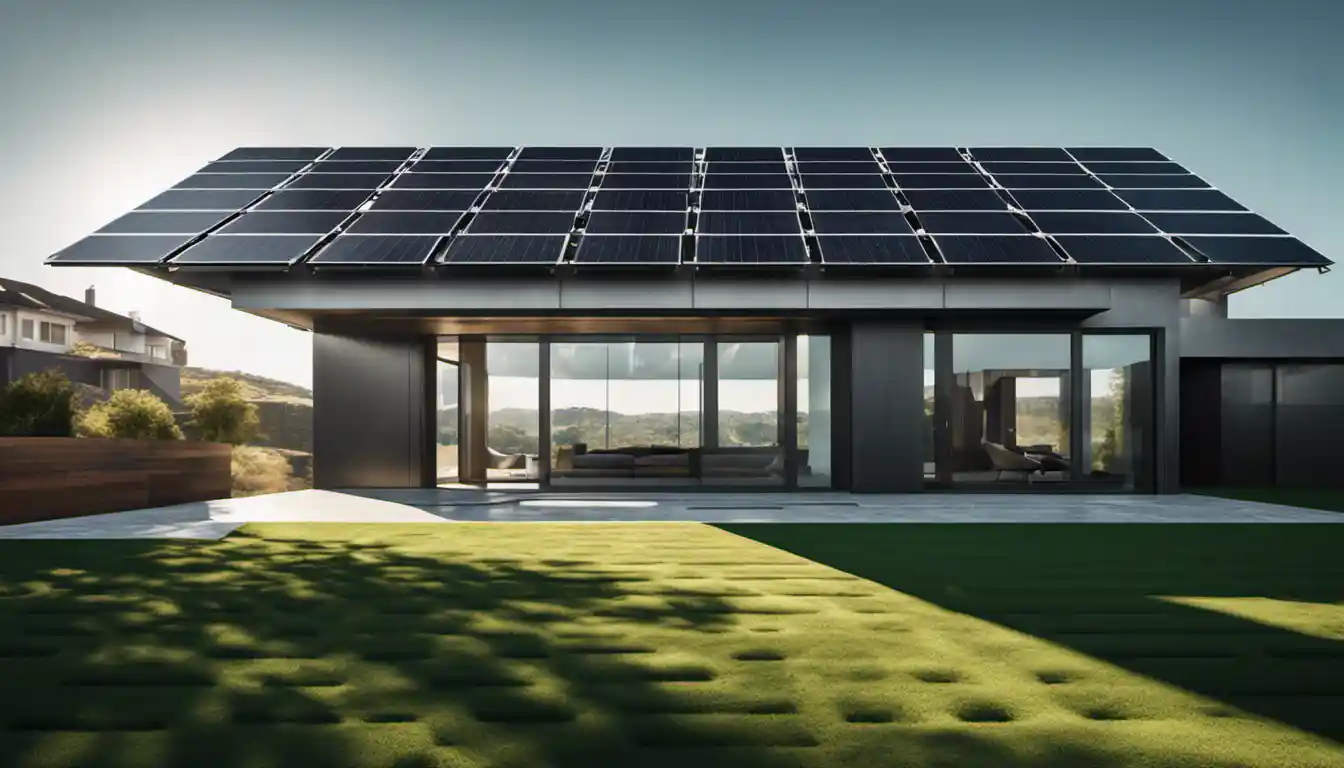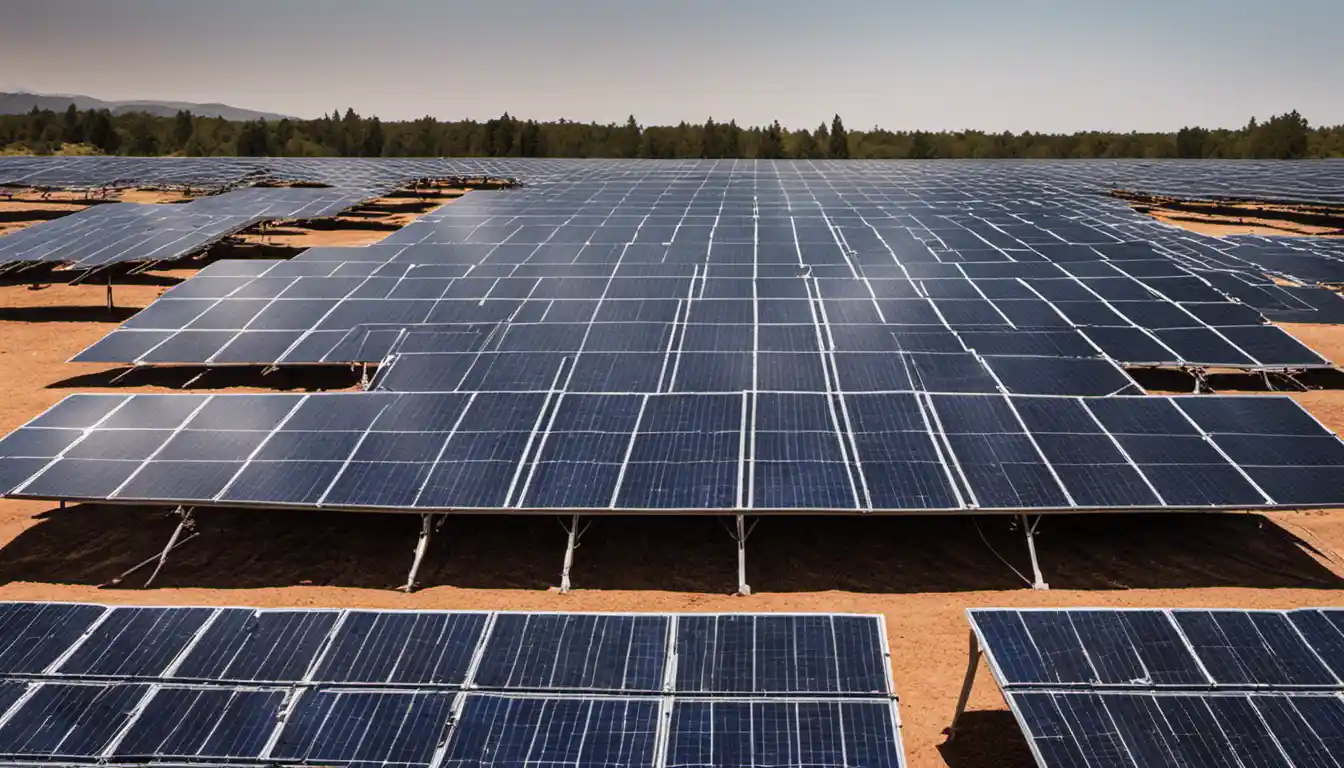Introduction to DIY Solar Panel Installation
DIY solar panel installation involves purchasing solar panels and related equipment, then following a set of guidelines to properly mount and wire them to your home’s power system. This project requires technical skills, particularly in electrical work, to ensure safe and efficient operation. However, it is important to check local laws and guidelines, as some locations may require professional installation for safety and eligibility for tax incentives or rebates.
What are Solar Panels and How Do They Work?
Solar panels, also known as photovoltaic (PV) panels, are devices that convert sunlight into usable electricity. They are made up of small individual solar cells, each made from semiconductor materials like silicon. When sunlight hits these cells, the energy excites electrons, causing them to move and create an electric current. This current is transferred through wires to your home circuits powering your appliances and lighting.
Legality and Feasibility of DIY Solar Panel Installation
Is It Legal to Install Your Own Solar Panels?
One question that frequently pops up concerning DIY solar panel installation is, “Is it legal to install your own solar panels?” The answer varies depending on where you live. Each country or region has distinct regulations governing solar panel installations. Many jurisdictions require a licensed electrician to connect panels to the grid, and a certified building contractor may need to sign off on the project’s structural aspects. So, while it’s possible to perform the installation yourself, you may require professional confirmation for legality.
Can You Install Solar Panels Yourself?
“Can you install solar panels yourself?” is another common question. If you’re handy and familiar with basic electrical systems, you might be able to undertake a DIY solar panel installation. However, keep in mind that there are intrinsic risks, notably the dangers of working with electricity and working at height, plus the installation quality may not match professional standards.
Pros and Cons of DIY Solar Panels

Advantages of DIY Solar Panels
DIY solar panel installation can save you a considerable amount on labor costs. More significantly, the hands-on knowledge you gain throughout the project allows you to understand your system better, making troubleshooting and general maintenance easier down the road. There’s also a sense of accomplishment and self-sufficiency that comes with installing your own renewable energy source.
Disadvantages of DIY Solar Panels
On the flip side, DIY installations often take longer, especially for beginners. Any mistakes in the installation can also lead to reduced performance or even damage to the panels or your home. Without professional assistance, you may miss out on potential ways to optimize your system’s efficiency.
Step-by-Step Guide to DIY Solar Panel Installation
Creating an efficient and effective solar panel system requires careful planning, precise installation, and diligent observation. This is where I draw from my 20 years of expertise in solar installation to provide you with meticulous guidance. Below is your step-by-step guide to DIY solar panel installation.
Step 1: Designing and Sizing Your System Based on Energy Needs
To determine an ideal system size, calculate your household’s annual electricity consumption, then design a system that can generate that amount under your locality’s weather conditions. Reference your electric bills for the power consumption data you’ll need.
Step 2: Purchasing Your Solar Equipment and Components
After sizing your system, purchase the solar panels, inverters, batteries (if not tied to the grid), racking equipment, and necessary accessories like wires and connectors. Remember to consider warranties, certifications, and reviews while making these purchases.
Step 3: Installing the Racking or Mounts for the Panels

First, identify a location that receives maximum sun exposure. Then install the racking system — I recommend starting with the bottom rail. Use a chalk line to align the bolts and ensure the racking is level.
Step 4: Set Up of the Equipment
Next, securely mount your solar panels to the racking system. Remember to connect the panels in either series or parallel configuration, which basically means connecting positive to negative terminals based on your voltage needs.
Step 5: Connecting to Your Main Electrical Board
Before proceeding, switch off your main electrical supply for safety. Connect your system to the main electrical panel using a PV array disconnect. This might be a juncture where you require a licensed electrician.
Step 6: Getting Permission to Turn On
After the physical installation, you’ll likely need an inspection for safety and compliance. Once you’ve received approval, turn on your solar panel system and monitor it for any issues.
Maintenance of DIY Solar Panel Systems
Maintaining Your Solar Panels

Keeping your panels clean and clear from obstructions like snow, leaves, or bird droppings is essential for optimal performance. A simple hose down will often suffice. Regularly inspect your system for any abnormalities which could indicate larger issues.
How to Troubleshoot Potential Issues
Knowledge is power. The more you understand about your system, the better you can maintain and troubleshoot it. If you encounter issues, refer to specific manufacturer guidelines or reach out to others in the DIY solar community for advice.
DIY Solar Panel Installation vs. Hiring a Professional Installer
The Expert Touch: Reasons to Hire a Professional Installer
When you hire a professional installer, you’re paying for expert guidance, quality assurance, and often, a warranty that provides some coverage if problems arise. Experienced installers know the common errors, how to avoid them, and how to optimize system efficiency. That’s why for more detailed guidance, I encourage you to refer to our page “/how-to-install-solar-panels”.
The DIY Route: Why It Could Be Right for You
If you’re technically minded, have the right tools, and are prepared to invest the required time, DIY solar panel installation can be a rewarding project. Besides saving on labor costs, it’s a fantastic opportunity to learn more about renewable energy.
Conclusion: Is DIY Solar Panel Installation Worth It?
The answer is—it depends. It depends on your skills, time availability, and local laws. DIY solar panel installation can be rewarding and financially beneficial, but it requires effort, risk management, and solid knowledge. No matter how you choose to proceed, embarking on the journey towards renewable, solar energy is certainly a step in the right direction for our planet’s future.



